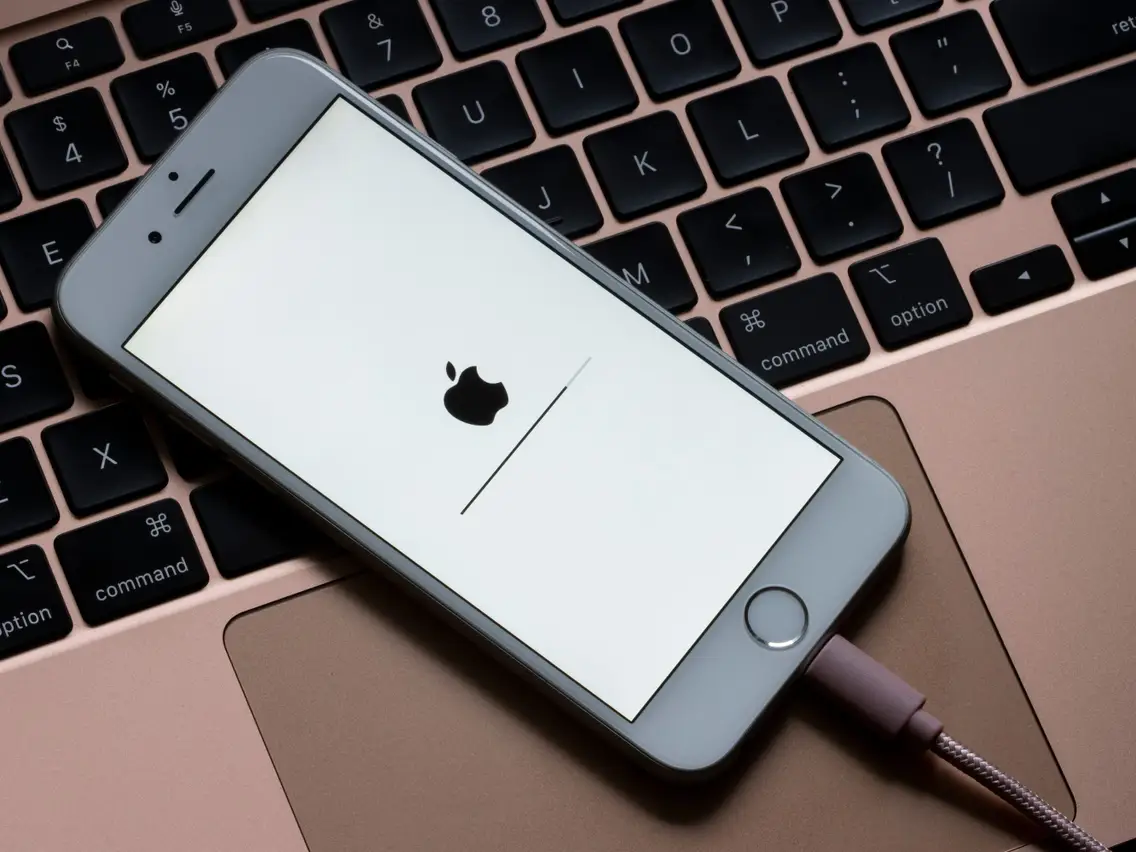In the fast-paced world of technology, knowing how to factory reset your iPhone is a crucial skill that every user should possess. Whether you’re troubleshooting issues, selling your device, or simply looking to start fresh, a factory reset can be the solution. In this comprehensive guide, we will walk you through the step-by-step process, ensuring a smooth and hassle-free experience.
Understanding the Need for a Factory Reset
Before diving into the process, let’s explore why a factory reset might be necessary. Over time, iPhones accumulate data, temporary files, and settings that can impact their performance. Issues like lagging, freezing, or unresponsiveness can be alleviated by resetting your device to its factory settings. Additionally, if you’re passing on your iPhone to someone else, a factory reset ensures the protection of your privacy by wiping all personal data.
Backing Up Your Data
The first crucial step before initiating a factory reset is to back up your data. This ensures that you don’t lose valuable photos, contacts, or other important information. Go to Settings, tap on your Apple ID, select iCloud, and then click on iCloud Backup. Ensure your device is connected to Wi-Fi and plugged in to commence the backup process.
Initiating the Factory Reset
Once your data is securely backed up, it’s time to proceed with the factory reset. Head to Settings, then tap on General. Scroll down and select Reset, followed by Erase All Content and Settings. You may be prompted to enter your passcode and Apple ID password for security purposes.
The Importance of iCloud Activation Lock
As an additional layer of security, iPhones are equipped with the iCloud Activation Lock. This feature ensures that even after a factory reset, the device cannot be activated without the original owner’s credentials. Before handing over your iPhone or selling it, make sure to disable the Activation Lock. Go to Settings, tap on your Apple ID, select Find My, and turn off Find My iPhone.
Restoring Your iPhone
After the factory reset is complete, your iPhone will restart, presenting you with the initial setup screen. Follow the on-screen instructions to set up your device as new or restore from the backup you created earlier. This step ensures a seamless transition and retrieval of your important data.
Common Pitfalls to Avoid
While the factory reset process is generally straightforward, there are some common pitfalls to be aware of. Avoid interruptions during the reset, such as powering off the device or disconnecting it from the internet. These actions can lead to incomplete resets, causing potential issues.
Post-Reset Optimization
To make the most of your freshly reset iPhone, take some time to optimize its settings. Update your device to the latest iOS version, reinstall essential apps, and configure preferences according to your needs. This proactive approach ensures a smoother and more efficient user experience.
Conclusion: Mastering the Art of iPhone Reset
In conclusion, knowing how to factory reset your iPhone is an essential skill that can enhance your device’s performance and safeguard your privacy. By following these step-by-step instructions and understanding the nuances of the process, you empower yourself to take control of your iPhone’s functionality. Remember, a well-maintained iPhone is not only a pleasure to use but also a device that stands the test of time.
